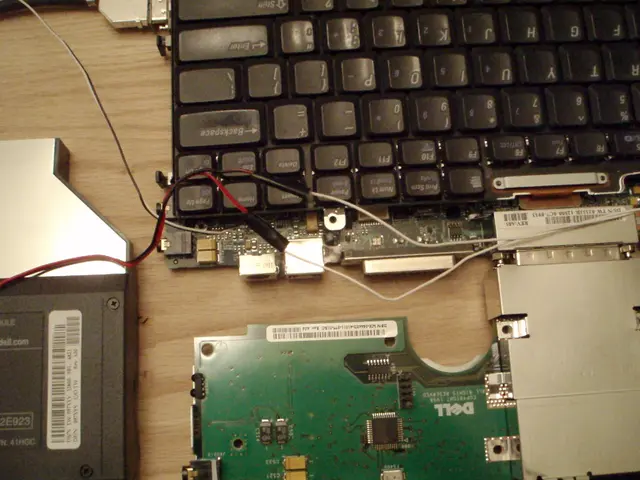California subtly waterdowns ambitious virtual power plant legislation
In a recent turn of events, Sen. Josh Becker, the Democrat who authored SB 541 and chairs the Senate energy committee, has expressed his disappointment over the changes made to the bill. The amendments, made last week, are set to dramatically reduce the savings that SB 541 could offer, according to Becker.
SB 541 was designed to help California meet its Virtual Power Plant (VPP) targets by requiring the state's biggest utilities to provide data for building VPPs into their grid investment plans. However, the changes made to the bill have removed these important provisions.
The California Energy Commission (CEC) has set a "load-shift" goal of 7 gigawatts by 2030, but California's demand-flexibility capacity remains at just over 3.5 gigawatts, barely growing over the past two years. The CEC's June progress report found that California isn't likely to reach its 7-GW target under "business-as-usual" conditions and needs "additional near-term strategies" to close the gap.
The changes to SB 541 come at a critical time for California, which is struggling to cut its high electricity costs. California has the highest electricity rates in the nation outside of Hawaii, and these rates are expected to rise further due to pressure to expand power grids to serve data centers, EV charging, and home electrification.
A new report from GridLab and Kevala found that California could cut energy costs for consumers by $3.7 billion to $13.7 billion in 2030, using home batteries, EV chargers, and smart thermostats to avoid or defer costly upgrades to power lines and other infrastructure. The report highlighted the potential of VPPs, finding that they could shave about 15% of California's peak demand by 2035, saving utility customers approximately $550 million each year.
Edson Perez, who leads California legislative and political engagement for clean-energy trade group Advanced Energy United, stated that the changes made to SB 541 will not significantly reduce its impact. However, he emphasised that the removed provisions "would have helped California get the most out of its existing grid while saving ratepayers billions."
Three bills, AB 44, AB 740, and SB 541, have advanced through the California Legislature to increase the use of virtual power plants. Lawmakers have little time to secure revisions before Sept. 12, the last day for the Legislature to pass bills this year.
The amendments to SB 541 were introduced during a process known as "suspense," during which the Legislature's appropriations committees can amend or shelve bills with no debate or transparency into how changes are made or by whom. The specific individual or committee who made those changes in SB 541 is not identified in the available search results.
Ryan Hledik, a principal at Brattle and lead author of a 2024 analysis, stated that making better use of what's already on the grid rather than building something from scratch is a crucial consideration for California. As California faces increasing energy demands and high costs, the potential benefits of SB 541 cannot be overlooked.
Read also:
- Peptide YY (PYY): Exploring its Role in Appetite Suppression, Intestinal Health, and Cognitive Links
- Toddler Health: Rotavirus Signs, Origins, and Potential Complications
- Digestive issues and heart discomfort: Root causes and associated health conditions
- House Infernos: Deadly Hazards Surpassing the Flames








